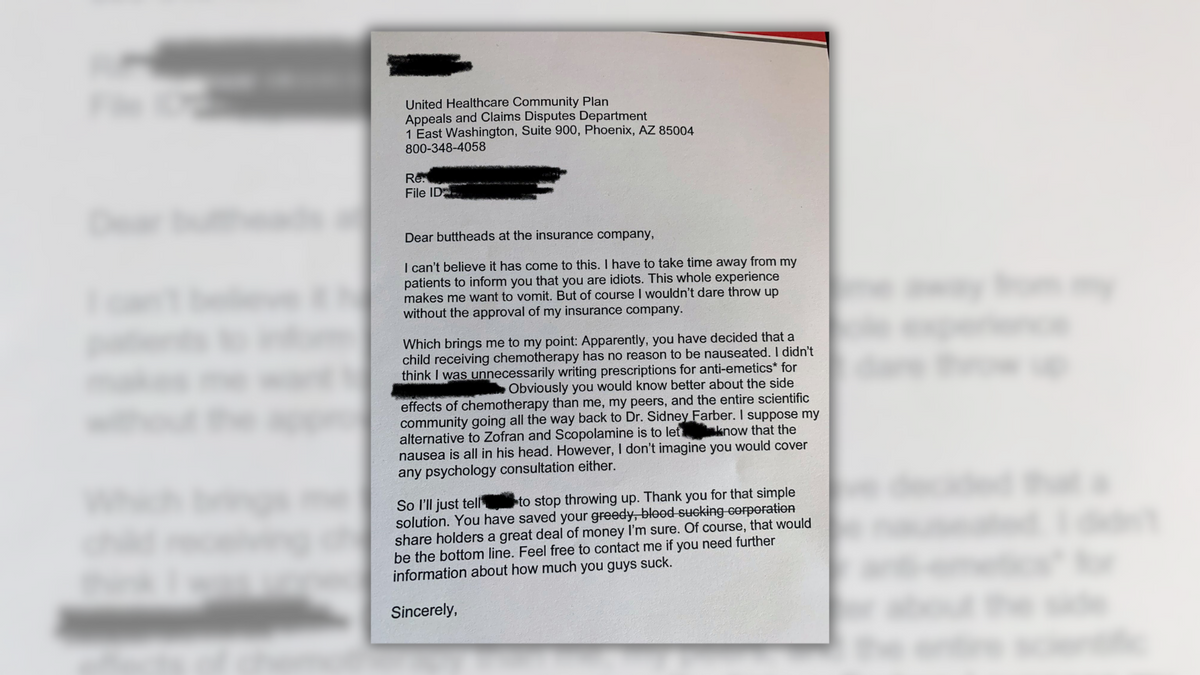Strep Throat: Signs and Symptoms
:max_bytes(150000):strip_icc()/Health-GettyImages-1355934091-c48431361a184c8e8ea017d098c32e9c.jpg)
Strep throat is a bacterial infection that affects the throat and tonsils. If you have strep throat, you can experience symptoms like a sore throat, fever, and pain when swallowing.
In most cases, symptoms of strep throat begin two to three days after initial exposure and usually resolve within 10 days. With antibiotic treatment, symptoms can go away as early as 24 hours but typically take two to three days.
Some people have mild infections and might not show symptoms. Research suggests that 7% of children and 20% of adults who have strep throat are asymptomatic.
For others, severe infections might lead to less common and rare symptoms like rashes, abscesses around the tonsils or in the neck, and ear infections.
Knowing the common signs and symptoms of strep throat—as well as the less common and rare symptoms—can help you manage the infection and identify if you have a severe case that should be monitored by a healthcare provider.
The most common signs and symptoms you can experience with strep are:
- Sore throat
- Red and swollen tonsils, sometimes with white patches or streaks of pus
- White patches of pus on the side or back of the throat
- Pain when swallowing
- Enlarged lymph nodes in the neck
- Fever
- Swelling of the uvula (the little ball that hangs at the back of your throat)
- Red spots on the hard and soft palate/roof of your mouth (the spots are also known as petechiae)
- Headache
- Stomach pain, nausea, or vomiting
Common symptoms of strep throat are similar to those of viral infections, such as a cold, which can sometimes make it difficult for you to tell the difference between the two. However, viral infection symptoms often include coughing and a runny nose. So if your sore throat is accompanied by a cough and runny nose, you likely have a viral infection rather than strep throat.
Strep throat is caused by group A Streptococcus (group A strep), which are common bacteria. When group A strep bacteria cause strep throat, they usually only cause strep throat alone. However, some strains of the bacteria can also lead to scarlet fever, an infection that produces a skin rash.
The typical scarlet fever rash usually appears around two days after the onset of common strep throat symptoms. The typical scarlet fever symptoms are:
- Flat, red blotches that develop into small, red bumps that feel like sandpaper
- Bright red skin around the joints, underarms, and groin
- A red and bumpy tongue
Scarlet fever mostly occurs in children ages 6 to 19.
If a strep infection like strep pharyngitis and scarlet fever is left untreated for too long, it can develop into a case of rheumatic fever, a more severe form of fever that results in inflammation of the heart, joints, and brain.
Complications
Complications from strep throat can happen when the group A strep infection spreads from your mouth and tonsils to other parts of your body.
While uncommon, strep throat complications include:
- Pockets of pus (abscesses) around the tonsils or in the neck
- Sinus and ear infections
- Rheumatic fever
- Post-streptococcal glomerulonephritis (a kidney disease)
- Post-streptococcal reactive arthritis
- Bacteremia or toxic shock syndrome (group A strep infection that spreads to the bloodstream)
- Meningitis (a bacterial infection that spreads to the nervous system)
Strep throat is more common in children than adults. Among children, those aged 5 to 15 are most likely to get strep throat. Children younger than 3 rarely get it.
When there is a symptom of a sore throat, three in 10 children are diagnosed with strep throat versus only one in 10 in adults.
Besides a sudden sore throat, children can experience any of the common symptoms of strep throat, such as pain when swallowing and fever. Symptoms that may especially signal strep throat in children are:
- Headache
- Stomach pain
- Nausea
- Vomiting
Children are also at higher risk of developing a skin rash from scarlet fever.
Strep throat symptoms are usually manageable when you start antibiotic treatment soon after the onset of symptoms. You’ll need a prescription for antibiotics, so if you suspect strep throat, you will need to visit a healthcare provider to get diagnosed and any necessary medication.
If you begin antibiotic treatment and your symptoms are not improving or get worse after three days, you should return to the healthcare provider.
In some cases, symptoms might be very severe and could warrant immediate care. Seek help right away if you experience any of the following symptoms:
- Difficulty breathing
- Skin rash
- Drooling because you cannot swallow
- Swelling of the neck or tongue
- Stiff neck or difficulty opening the mouth
You should also see a healthcare provider immediately if you experience a rash or trouble breathing after starting an antibiotic for your strep throat symptoms. This may indicate you need to use a different type of antibiotic for your treatment.
Strep throat is a bacterial infection that is more common in children than adults. In most cases, mild infections cause hallmark symptoms of strep throat like sore throat, fever, and pain when swallowing. More severe cases of strep throat can lead to serious symptoms like abscesses around the tonsils or in the neck, sinus infections, and ear infections.
Sometimes, a skin rash from scarlet fever may be another sign of strep throat. This rash gives the skin a sandpaper-like feel and affects various areas of the body, including the underarms, joints, and groin.
Fortunately, strep throat can be treated quickly with the help of antibiotics. If you or a loved one is experiencing strep throat symptoms, reach out to your healthcare provider so you can begin any necessary treatment and resolve your symptoms.
link






